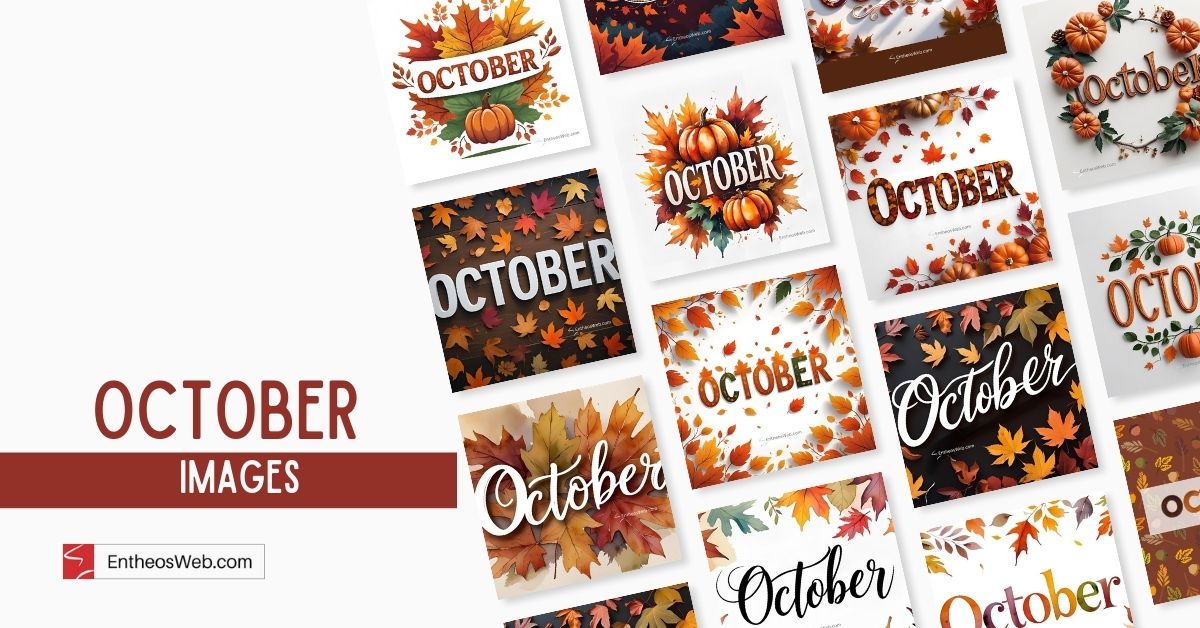
Your method of design presentation determines how effectively clients grasp your concepts and whether they will endorse your work in our attention-deficient visual-oriented world.
Creative professionals including web designers and graphic artists together with branding consultants and digital marketers understand client communication stands as more than a secondary consideration.
The process of design requires visual templates as an essential component. Visual templates function as essential design components in the creation of visual communications. Many designers face ongoing challenges when they try to explain their design choices to clients who lack experience with design principles and UI/UX guidelines and digital frameworks.
Visual free presentation templates serve as bridges between design professionals and clients to understand each other better during their collaborative work.
This article will discuss the necessity of visual templates for client communication as well as methods to implement them within design workflows and available tools which enhance design clarity during client interactions.
Design professionals encounter numerous inquiries during their work which include:
Design problems rarely stem from the actual design elements since the main issue arises from poor communication between designer intentions and client perception.
Most clients lack proper terminology to examine visual hierarchy as well as responsive grids and typography weights in their design work. The visual language which they comprehend consists of direct messages and easy-to-understand explanations together with clear narratives.
Design choices become clear and engaging stories through structured visual templates. Designers can demonstrate their work through visual slides and mockups and infographics instead of explaining it verbally to build quicker trust with clients.
Visual templates function as pre-built themes for google slides templates which help users present information through organized structures that are visually attractive. Design professionals commonly utilize these templates across PowerPoint, Google Slides.through various presentation formats including
The templates allow designers to personalize them with their brand resources yet maintain standardized visual consistency throughout their communications.
Visual Templates Improve Client Communication Through Specific Benefits
The combination of visual templates provides five key advantages for designing smarter and better client communication.
1. 🧠 Simplify Complex Ideas
The field of design contains numerous abstract and technical concepts that require explanation. Verbal explanations of user journeys and A/B test outcomes as well as responsive design logic tend to confuse clients.
The conversion of complicated information into easy-to-understand content becomes possible through the use of basic visual templates that include flowcharts and infographics. People find it simpler to track user flows when visual diagrams are used instead of bullet points.
2. ⏱️ Save Time in the Revision Process
The revision cycle which occurs during client work requires effective communication to prevent prolonged back-and-forth discussions.
The presentation of ideas through organized templates helps eliminate misunderstandings that occur between designers and their clients. The combination of better decision speed and reduced misinterpretations along with improved revisions leads to time savings for everyone involved.
3. 🎯 Keep Presentations On-Brand and Professional
The use of templates maintains uniformity in your project presentation style. The implementation of branded templates allows designers to present professional-level work which builds client trust because they showcase their design quality.
Business communication has thousands of editable PowerPoint templates available through SlideUpLift. Designers who use these templates can produce visually compelling presentations that appeal to clients within a shorter timeframe while achieving greater results.
4. 🤝 Create a Shared Visual Language
Every client experiences the world through their unique perspective. The universal visual translators known as templates enable clients to comprehend fundamental elements including:
Hierarchy and structure
Navigation patterns
Conversion flows
Design systems and components
Metrics and KPIs
The visual presentation of progress bars and funnel diagrams and comparison grids helps clients comprehend messages without needing design expertise.
5. 📈 Boost Your Own Productivity and Value
Designers typically dedicate excessive time to presentation formatting instead of pursuing their primary creative tasks. Using templates enables you to accelerate your delivery process while delivering high-quality results and providing communication support as a premium service addition.
The implementation of templates enhances both your operational efficiency and your competitive edge when presenting to clients or stakeholders who demand swift and precise professional project reports.
The strategic application of templates to project stages creates a standardized client communication process which becomes both predictable and professional and scalable.
You are presenting a website redesign proposal to a health technology startup client. You can build an effective client presentation by utilizing templates in the following manner:
The presentation maintains its engagement quality through this approach while providing assurance to clients about your comprehensive planning.
The top designers of 2025 and beyond will excel through their ability to explain visuals clearly while maintaining client alignment and building trust through improved communication.
Visual templates serve as your strategic tool to achieve this exact outcome.
Using PowerPoint templates from SlideUpLift will enhance your design communication while creating clear presentations that lead to project success with client understanding.
Before your next client call begins open your template instead of working from a blank slide. Open a template — and start designing smarter.









